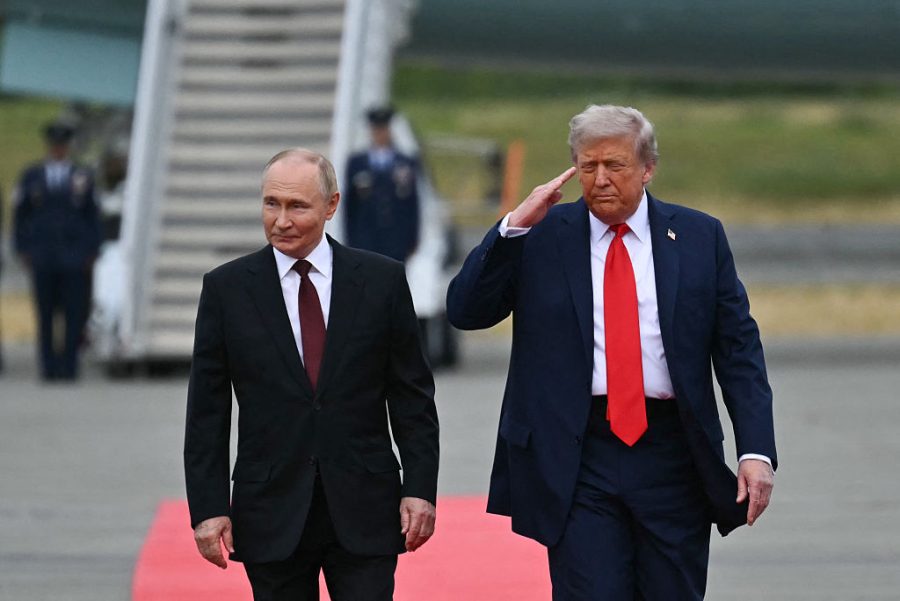Volodymyr Zelensky is meeting US officials today for the first time since the news of a US-Russia peace plan for Ukraine emerged yesterday. The Ukrainian president, fresh from a trip to Turkey, is due to meet with the American army chiefs Dan Driscoll and General Randy George – the most senior Pentagon representatives to visit Ukraine since Donald Trump’s return to the White House – who are in the country on a ‘fact-finding’ mission.
The purpose of the meeting is for Trump’s representatives to discuss ‘efforts to end the war’. While the agenda has not been made public, it is highly likely the trio will discuss the new 28-point peace plan, details of which have continued to emerge overnight. According to reports, under the proposals, Ukraine would, amongst other things, be required to cede territory (including the Donbas) to Russia, cut the size of its army by at least half, surrender parts of its military arsenal and recognise Russian as an official language in the country. Foreign troops would also be banned from Ukrainian soil, making Keir Starmer’s plans for a ‘coalition of the willing’ a non-starter.
According to reports by NBC, the plan – drafted by US special envoy Steve Witkoff and the Russian sovereign fund chief Kirill Dmitriev – has been approved by Trump. Vice President J.D. Vance, Secretary of State Marco Rubio and the President’s son-in-law Jared Kushner are also said to have been involved in developing the proposals. Zelensky is reported to have cancelled a planned meeting with Witkoff in Turkey yesterday after news of the plan broke.
The majority of the peace plan reflects demands Putin has been making since 2022
Based on the reporting so far, the majority of the peace plan reflects demands Vladimir Putin has been making since the early days of the war back in 2022. Ukraine’s leaders have outright rejected these demands from the outset. Many other questions surrounding the plan also remain unanswered. Under what circumstances, for example, would the US be willing to provide security guarantees to Ukraine? What leverage would America use to ward off future acts of Russian aggression against Europe? And how would the White House force Ukraine’s other allies to also recognise territories illegally annexed by Moscow as Russian? Speaking this morning, EU chief Kaja Kallas has already said ‘for any plan to work, it needs Ukrainians and Europeans on board.’
All eyes will be on Washington, Kyiv and Moscow in the coming days and weeks to see how the proposed peace plan evolves. What is puzzling about it is that, if Dmitriev’s remarks from earlier this week are to be believed, this week’s proposals are just talking points reheated from Trump and Putin’s uneventful Alaska summit back in August. So what has changed?
Despite making gains on the battlefield in Ukraine, and showing no willing to make concessions to Kyiv, striking a peace deal now would still be beneficial to Moscow – not least if it is able to wheedle out relief from US sanctions in the process. According to reports in the Russian media, Trump’s sanctions on Russia’s two largest oil giants, Lukoil and Rosneft, have led to a collapse in oil exports through the country’s western ports since their introduction in October, by as much as 73 per cent in some locations. The resulting hit to Russia’s coffers may well explain why, three months on from Alaska, the Kremlin is coming back to the table.







Comments